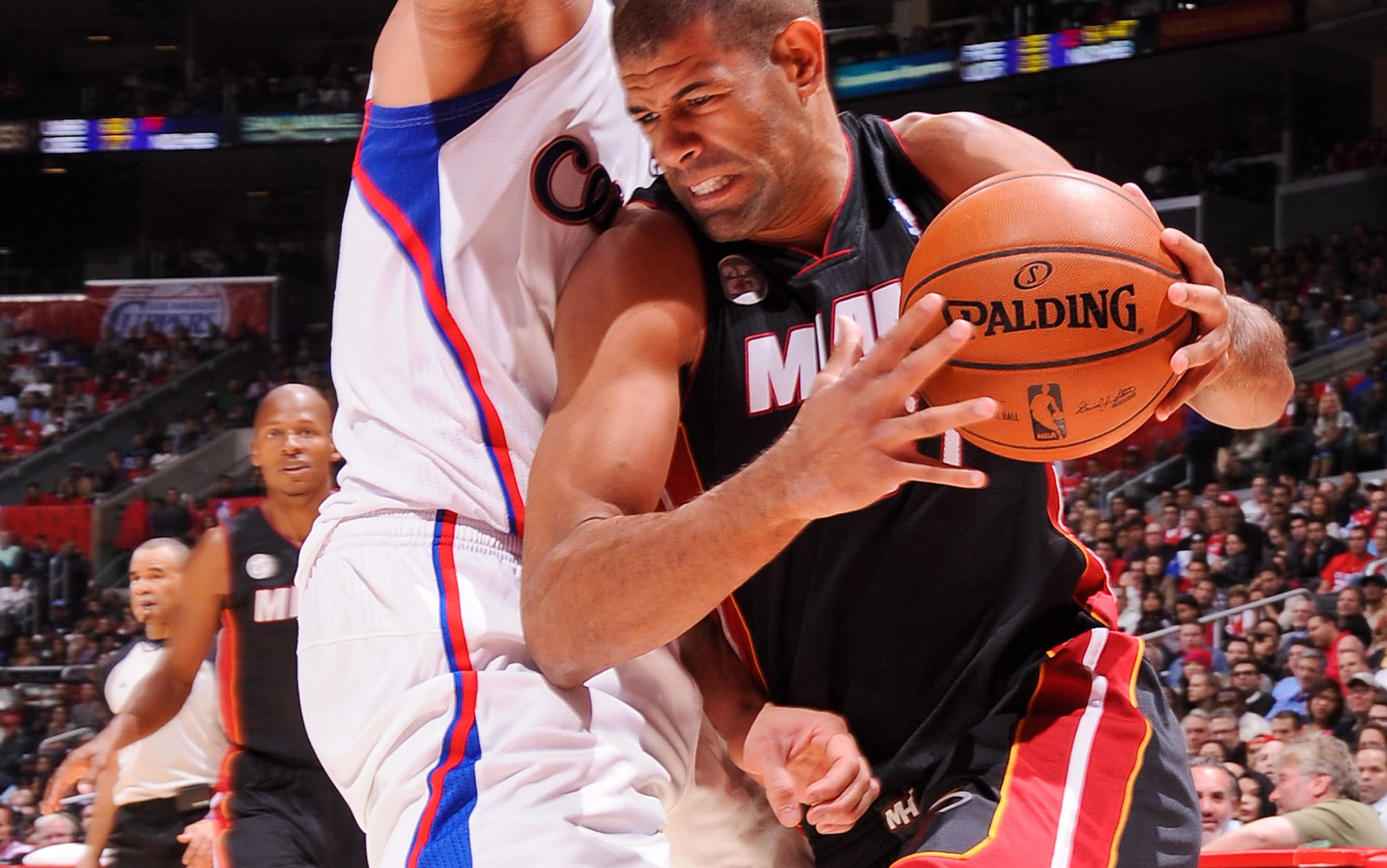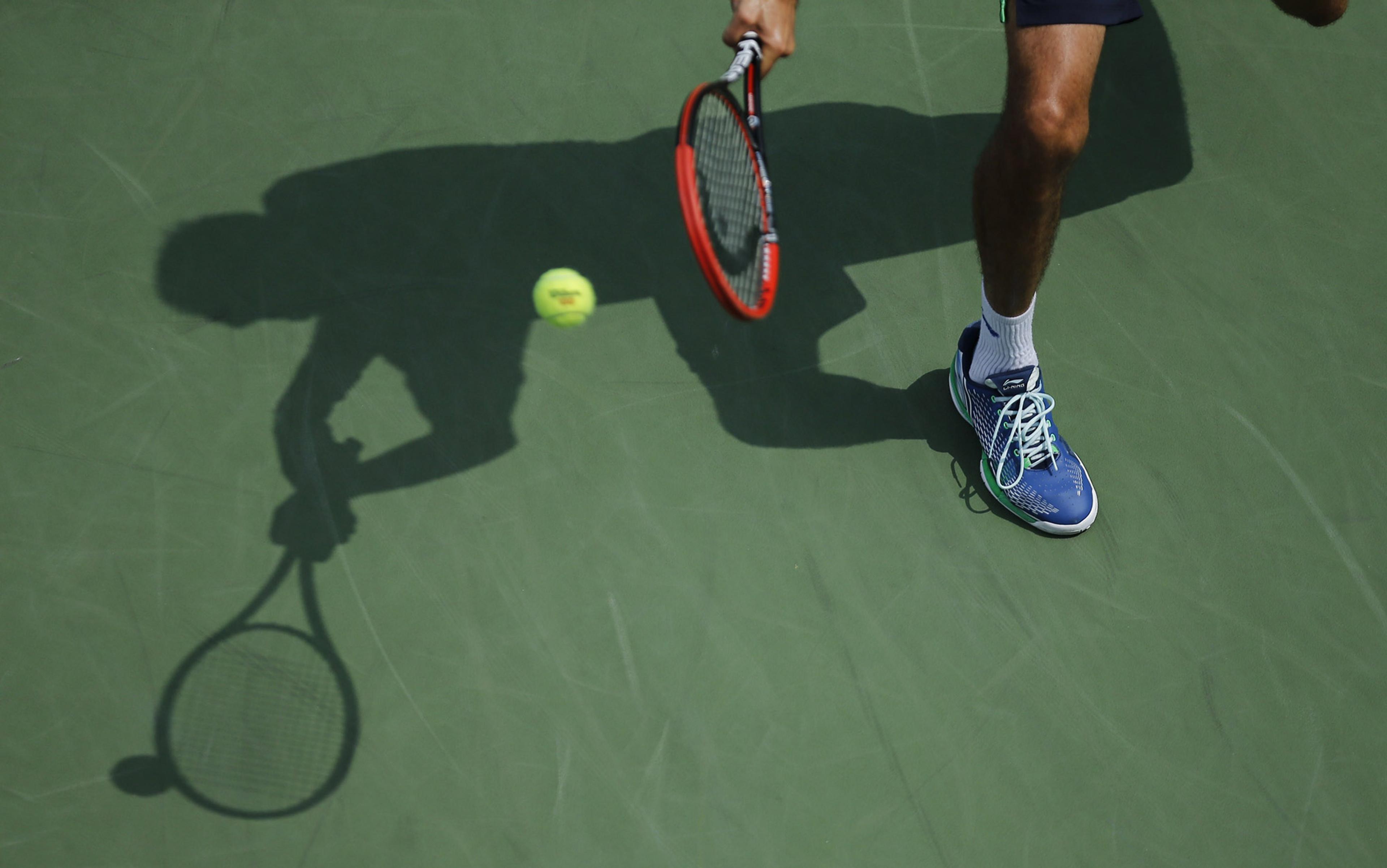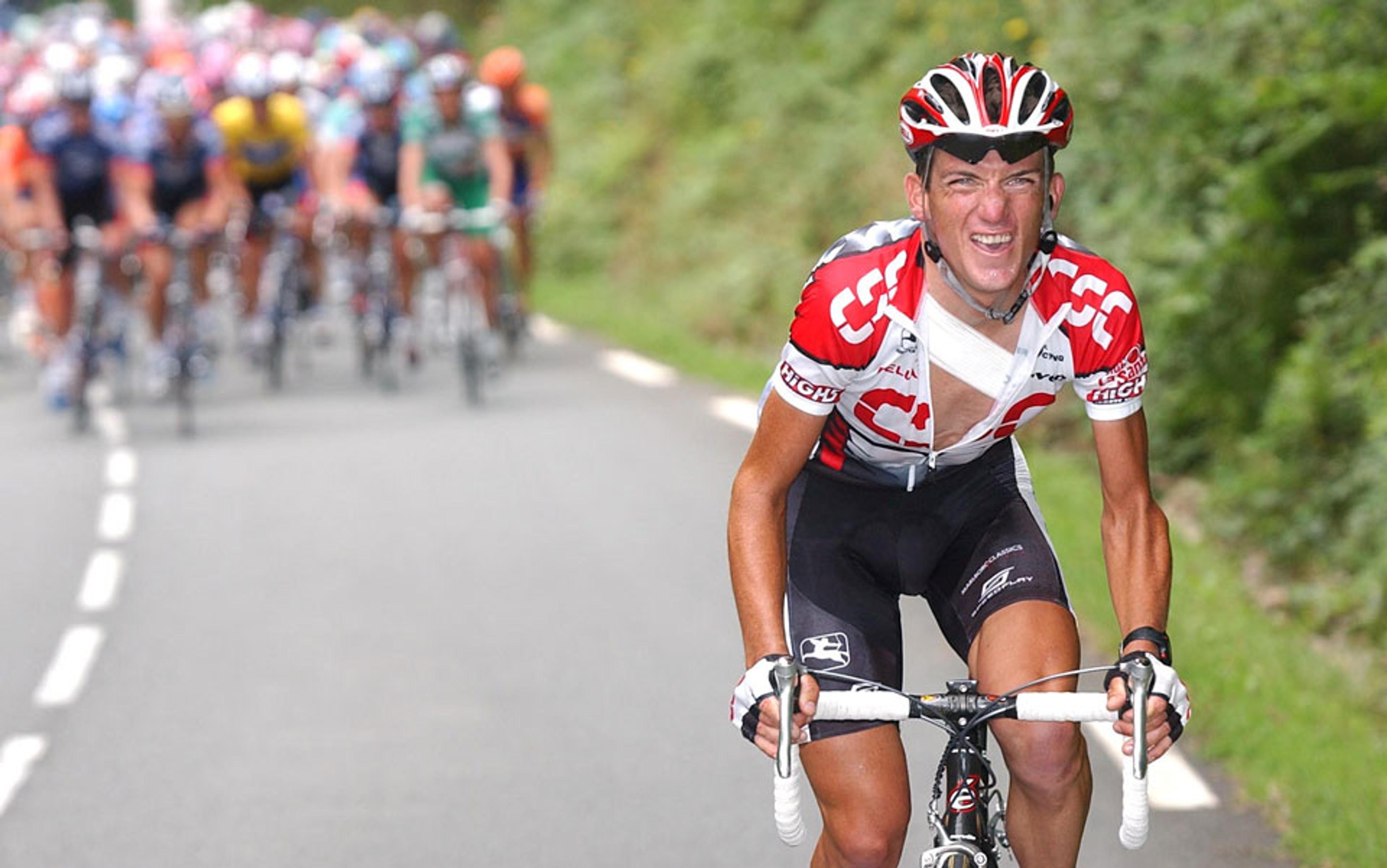‘We know,’ Runciter said to GG, ‘that as individuals they perform well. It’s all down here on paper.’ He rattled the documents on his desk. ‘But how about together? How great a polyencephalic counter-field will they generate together? Ask yourself that, GG. That is the question to ask.’
– From Ubik (1969) by Philip K Dick
In Philip K Dick’s classic science fiction novel Ubik, one of the main characters, Runciter, is in charge of assembling a team of individuals called ‘inertials’. The hope is that they will counteract the power of ‘precogs’ and ‘telepaths’, recruited by corporations to carry out espionage and other nefarious activities. Each inertial is a superstar with a unique talent – but Runciter’s concern is their collective power.
Interest in collective behaviour is not new. It’s been the research subject of organisation scholars, anthropologists, economists, ethologists studying group-living animals and evolutionary biologists interested in the evolution of cooperation. And, of course, it’s the chief occupation of coaches and managers building teams across a wide range of sports. Although many of us believe a team is more than just the sum of its outstanding individual performers, this kind of simple-minded thinking still dominates recruitment and team assembly in sports, finance, academia and other settings.
Part of the reason why recruiters and others resort to going after the best players rather than building the best team is that it remains unclear what other factors contribute to team greatness, and how to quantify them. Moreover, simply recruiting the best players is fairly straightforward, and some analyses suggest this approach might even be the most reliable: as the sociologist Duncan Watts and colleagues argued, overall talent level is often the single best predictor of team performance. Yet we shouldn’t be lured into thinking overall talent is the best predictor because it is the most important factor. It might be the best predictor because we’re not yet good at capturing the nuance of collective dynamics. Hints that this could be the case come from studies such as that of the management scholar Satyam Mukherjee and colleagues, in which they found that prior shared success can predict performance above and beyond what would be expected from the group’s composition and talent.
These seemingly at-odds results raise the question: how does a collective work exactly? When is it more than the sum of its parts? The increasing availability of data on individual decision-making across the social sciences, coupled with how complexity science is improving our understanding of the mechanics of group performance, are changing what’s possible. Some of the questions that can now be answered include how a team synchronises, when contributions are synergistic as opposed to additive, and whether it’s the players’ skill or the strategies they use that’s more important. Before we get to promising future directions, though, it’s worth considering the existing space of ideas about what makes a good team, as well as some scenarios suggesting greater nuance is required.
In his book The Captain Class (2017), Sam Walker – deputy editor for enterprise at The Wall Street Journal – argues that a key to team performance is leadership, defined not by charisma but by the ability to resolve conflict and improve morale behind the scenes. The anthropologist Ruth Benedict proposed culture as a factor in human performance, writing in Patterns of Culture (1934):
No individual can arrive even at the threshold of his potentialities without a culture in which he participates. Conversely, no civilisation has in it any element which in the last analysis is not the contribution of an individual.
Michael Lombardi, a former executive at the US National Football League, echoes Benedict’s point in his book Gridiron Genius (2018). Lombardi proposes that the New England Patriots’ dynasty, and the success of their quarterback Tom Brady and coach Bill Belichick, are due in large part to meticulous micromanagement of every detail of recruitment, scheduling, training and play. In the case of the Patriots and other football dynasties such as Nick Saban’s Alabama teams, this focus on institutions and process is so pronounced as to give the impression that players could be swapped in or out, with little change to outcomes.
Emphasis on leadership, culture, process over outcome, and attention to detail at all scales might seem obvious. Yet these strategies for optimising team performance depart strongly from the common assumption that the key to making a great team is assembling the best players. What is it about team performance that makes it so hard to reconcile these positions?
Consider the most significant large-scale science project in history, the Manhattan Project, resulting in the world’s first nuclear weapon. It involved many significant figures but three can be singled out: the physicist Leo Szilard for vision, Major General Leslie Groves for organisational skills, and the physicist J Robert Oppenheimer for his inspirational leadership. It was Szilard who first understood that subatomic particles called neutrons could cause atoms to break apart, triggering a chain reaction that would produce vast quantities of energy. Groves, who directed the Manhattan Project from 1942 to 1946, overcame huge bureaucratic barriers to acquiring the resources the project needed. Oppenheimer had the idea to corral the projects’ scientists in an isolated summer-camp-style setting in New Mexico, now Los Alamos National Laboratory. If we subtracted any one of these men from the Manhattan Project, would the outcome have changed, and can we quantify by how much?
Some settings promote creativity and exploration, and so facilitate chance-related positive discoveries
We must acknowledge it’s difficult to know. Complicating matters, performance isn’t guaranteed even with the most gifted individuals, a constructive cultural environment and a resource-rich, ‘all details covered’ organisation. Luck plays a role in performance, although its significance varies across domains. This is one of the main themes in the book The Success Equation (2012) by the investment strategist Michael Mauboussin. Sports such as hockey – with its fast-moving puck, fewer opportunities to score due in part to having no shot clock and less ice time for skilled players – are governed by greater randomness than sports such as basketball, meaning that outcomes in hockey are harder to understand, predict and control.
Given that chance’s role in performance varies, we might ask whether it’s possible to create circumstances that favour ‘good luck’. The sociologist Robert Merton in the 1950s coined the term ‘serendipitous sociocognitive microenvironments’ to capture the idea that some settings seem to promote creativity and exploration, and so facilitate chance-related positive discoveries. Merton believed in this principle so strongly that it was part of his motivation in establishing the Stanford Center for Advanced Study in the Behavioral Sciences (CASBS) – an institution, he said, with an aim of fostering ‘sustained sociocognitive interaction between talents in different social science disciplines and subdisciplines that would prove to be symbiotic’. By attending to the ‘cognitive microenvironment’, Merton was acknowledging the factors that shape teams beyond raw talent alone. He tried to build an environment as congenial to those forces as possible, even if he couldn’t name them precisely. As the 19th-century poet Emily Dickinson wrote:
Luck is not chance–
It’s Toil–
Fortune’s expensive smile
Is earned–
The Father of the Mine
Is that old-fashioned Coin
We spurned–
Merton’s goal for the CASBS and other creative institutions brings into focus a central issue missing from much of the discussion on team performance. The terms proposed for group performance in the ‘success equations’ hide complexity that, if it can be exploited, offers a meaningful edge. This hidden complexity – whether you favour explanations that stress individual players, team dynamics, training or cultural forces – captures precisely how these factors influence individual performance and how this in turn translates into team success. Oppenheimer might have inspired his titans to work together by appealing to an urgent shared purpose (defeating the Axis Alliance) but how did the collaboration actually transpire? We might be able to describe the traits and behaviour of Walker’s quiet leaders, but what are the causal mechanisms connecting their leadership to how players perform, individually and as a team?
‘Statistics and mythology may seem the most unlikely bedfellows,’ mused the evolutionary biologist Stephen Jay Gould in the essay ‘The Streak of Streaks’ (1988) for The New York Review. ‘How can we quantify Caruso or measure Middlemarch?’ In the domain of team sports, there’s been an explosion of attempts to answer Gould in recent years. In his book Moneyball (2003), the financial journalist Michael Lewis chronicles how sports analytics now impact decisions about recruitment, training, playing time and even strategy on the court – a good example is the rise of the three-point shot in basketball. Yet many players feel frustrated by the ‘tyranny of metrics’, to riff on Jerry Muller’s 2018 book about replacing human judgment and intuition with (typically) simple statistics. The former professional basketball player and current sports commentator Jalen Rose suggests in a New Yorker interview that the emphasis on simple metrics insults player intelligence. It fails to capture hard-to-describe skills that matter – such as understanding ‘the flow of the game’ – and places too much emphasis on easy-to-quantify measures such as ‘triple doubles’ (getting double-digit baskets, rebounds and assists in a single game).
Bill Russell, one of basketball’s titans who played for the Boston Celtics in the 1960s, felt strongly enough about this to mention it in his retirement letter in 1969:
Let’s talk about statistics. The important statistics in basketball are supposed to be points scored, rebounds and assists. But nobody keeps statistics on other important things – the good fake you make that helps your teammate score; the bad pass you force the other team to make; the good long pass you make that sets up another pass that sets up another pass that leads to a score; the way you recognise when one of your teammates has a hot hand that night and you give up your own shot so he can take it. All of those things. Those were some of the things we excelled in that you won’t find in the statistics.
The problem is so common it has its own name: the McNamara fallacy, after Robert McNamara, the US defence secretary known for a slavish devotion to numerical analysis during the escalation of the Vietnam War. ‘The first step is to measure whatever can be easily measured,’ wrote Daniel Yankelovich in Corporate Priorities: A Continuing Study of the New Demands of Business (1972). ‘The second step is to disregard that which can’t be easily measured … The third step is to presume that what can’t be measured easily really isn’t important … The fourth step is to say that what can’t be easily measured really doesn’t exist.’
‘I call him Lego. When he’s on the court, all the pieces start to fit together’
In his insightful article ‘The No-Stats All-Star’ in The New York Times Magazine in 2009, Lewis captured the essence of the problem. Writing about the US National Basketball Association (NBA) player Shane Battier, he notes:
Here we have a basketball mystery: a player is widely regarded inside the NBA as, at best, a replaceable cog in a machine driven by superstars. And yet every team he has ever played on has acquired some magical ability to win.
For those who study collective behaviour, these lines are enticing. Just how might Battier have changed the mechanics of team play? Lewis doesn’t answer the question, though he teases with many examples:
When [Battier] is on the court, his teammates get better, often a lot better, and his opponents get worse – often a lot worse. He may not grab huge numbers of rebounds, but he has an uncanny ability to improve his teammates’ rebounding … He also has a knack for getting the ball to teammates who are in a position to do the same … On defence, although he routinely guards the NBA’s most prolific scorers [he was one of the most effective to guard Kobe Bryant], he significantly reduces their shooting percentages. At the same time he somehow improves the defensive efficiency of his teammates – probably, Morey [general manager of Battier’s team at the time] surmises, by helping them out in all sorts of subtle ways. ‘I call him Lego,’ Morey says. ‘When he’s on the court, all the pieces start to fit together …’
These issues – the importance of synergistic interactions, how strategies and individual attributes combine to produce team performance, how individuals coordinate in space and time to become mesmerising as a whole, and what role the leadership and larger organisational and cultural environment play in bringing out our best – are not just questions for basketball analysts and sociologists studying the Manhattan Project. They are in fact key questions for all biological systems, as all biological systems – whether groups of neurons or animal societies – are composed of interacting parts that collectively discover solutions to environmental or internal challenges. And complexity science, replete with nuanced concepts and rigorous methods, offers a quantitative lens through which to study them.
Let’s start with the notions of ‘synergy’ and ‘complementarity’, which pertain to situations where the collective output is greater than expected from adding up individual ability. ‘Whenever they speak Michael Jordan, they should speak Scottie Pippen.’ This statement, by Jordan in the documentary The Last Dance (2020), was so salient to the audience that it evolved into a refrain. Similarly, the idea of Battier as a Lego block that brings the team together resonates in the Lewis article as a powerful metaphor for what’s missing in our understanding of team dynamics.
The sentiment captured in the Jordan-Pippen refrain brings to mind the synergy Runciter was looking for in his inertials, whereas the Battier Lego metaphor suggests complementarity via a contribution that, as of yet, is hard to pinpoint. Hidden in these observations are many subtleties. Consider Tex Winter’s ‘triangle offence’, a strategy used in basketball in which the five players on the court dynamically space themselves according to geometric principles and using ‘reads and rhythm’ to open the floor for passing. It’s credited with elevating the Chicago Bulls beyond Jordan’s, Pippen’s and Dennis Rodman’s considerable individual abilities, and is thought to have served as the basis for the success years later of the Golden State Warriors, coached by the former Chicago Bulls player Steve Kerr.
The triangle offence is complex – involving multiple players, their relationships with each other, an understanding of space, and intuition – and a natural question is: which of these aspects really matters? Is it the Jordan-Pippen synergy with some additional, additive bonus from Rodman, or is their three-way interaction more than the sum of its parts? Is it not their interaction at all but the triangle offence strategy itself – perhaps, as is often suggested, the way in which its geometry opens the floor to passing – that contributed to the Bulls’ success? Likewise, with Battier – is he adding a little bit of opportunity to each of his teammates on the court? Or is his presence and hard-to-pin-down skill set changing how his teammates interact with each other in a synergistic way?
The roles of synergistic interactions and complementarity are relevant beyond team performance to a wide range of issues – from our understanding of how drugs combine to treat disease, to how proteins function, to how monkeys manage conflict in their societies. Consequently, various statistical and information theoretic measures have been devised by complexity scientists to assess the different ways individual contributions can combine to produce collective outcomes. These contributions can be decomposed into ‘synergy’, ‘antagonism’ (synergy’s inverse, an individual diminishing collective performance beyond what would be expected based on his or her (in)ability alone), ‘redundant’ (a ‘backup’) and ‘unique’ (as is possibly the case for Battier). Each of these contribution types has been formalised mathematically and, in principle, can be quantified in team performance data. The calculations are challenging (and not wholly agreed upon yet) and can give counterintuitive results, conferring a real edge to anyone doing the work to compute them.
Another key idea from complexity science that can provide the foundations for great teams is synchrony – the coordination in time of parts of a system, such as cells, individuals or nanobots. Stephen Curry, a basketball star renowned for his ability to make three-point shots, was asked in a Sports Illustrated interview in 2013 what it’s like to have a ‘hot hand’. Curry is notorious for going a quarter or even a half game with few points, and then returning to the court to score more points in a single quarter than the other basketball players score the entire game. Curry said:
It’s one of the best feelings ever. The rim looks like you’re literally shooting into an ocean. When you can get a clean look off, it’s going in. Just your whole body feels in sync and in rhythm. On top of having the hot hand, you find the opportunity to get those shots off. There’s no point in having the hot hand if you’re not getting the ball in your hands to shoot it.
Hot hands like Curry’s represent one of those special skills or states to which athletes often subscribe but that statisticians and sports analysts have traditionally dismissed. It’s technically challenging to find evidence for the existence of ‘hot hands’ and, based on studies from the 1980s, it’s been largely cast as a superstition or perceptual bias. Recently, the economists Adam Sanjurjo and Joshua Miller corrected this misconception by showing that detecting a hot hand depends critically on having the right null model, or baseline – something previous studies had failed to get right.
Through synchronising their behaviour, the whole team could become ‘in flow’, or ‘hot’
Statistical evidence for the hot hand, however, is just a starting point. What are the neurophysiological dynamics underlying the hot hand that create this sense of flow or synchronicity across the motor control system? Though we don’t yet know, this is very likely a dynamical systems question about how populations or groups of neurons come to oscillate together – akin to how fireflies on a summer night coordinate their flashes. Understanding the underlying process would not only provide a mechanistic basis for the hot hand – it might also enable us to predict its onset and duration, making it easier to find in behavioural data, and perhaps even induce it in a player who’s lagging. Many fascinating questions would become fair scientific game, such as Russell’s suggestion that players can see when a teammate has the hot hand. What cues might teammates use to make this assessment? Is the cue in the ‘statistics’ describing a behavioural pattern – that is, the number of baskets in a row – or is it something visible in the physical demeanour of the player?
The possibility that players perceive hot hands remains controversial; their existence doesn’t mean that ‘hot hands’ are as large or as pervasive as players believe. But the ability of players to discern when hot hands come and go in teammates suggests the possibility of a collective hot hand. That is, through synchronising their behaviour, the whole team could become ‘in flow’, or ‘hot’. This might seem farfetched, but it regularly happens in nature – the fireflies mentioned above are one example. Others include the coordinated chorusing of frogs and circadian rhythms. So why shouldn’t it happen in sports? Moreover, nature has taught us that the collective can synchronise in different ways. Some firefly species, for example, are bursty synchronisers, whereas others are snappy, with different timescales describing the coordinated flashing and different strategic implications. The same might be true on the court.
How individuals synchronise in time can have implications for how they coordinate in space or ‘swarm’. Swarming broadly refers to the coordinated movement of individuals – think of wildebeest stampeding across the Serengeti or fish forming a tightly aligned school to escape a predator. Likewise, players moving across the soccer field or basketball court can be conceived of as a swarm. How do teammates coordinate their movement to increase the likelihood that a behind-the-back pass is caught by a teammate rather than stolen? More generally, does coordination in space interact with synchronicity to produce a more effective team on which the players anticipate one another’s actions because they’re ‘in sync’? In The Last Dance documentary, Kerr remarks that Pippen provided essential rhythm on the court, suggesting that some players function as swarm harmonisers, perhaps making dynamic spatial strategies such as the triangle offence more effective.
These possibilities suggest hypotheses that can be tested and, coupled to well-developed quantitative frameworks for synchronicity and swarming from the collective-phenomena literature, offer tractable research questions. Indeed, in a recent study, the sports scientist Rui Marcelino and colleagues used collective behaviour research methods to evaluate soccer matches. They found that how well a player coordinates his movement with teammates, and his opponents, varies reliably across players, and relates to both team success and player valuation. With motion-tracking data increasingly available, and tools from complexity science plentiful, such studies will become more common.
In his science fiction novel Solaris (1961), Stanisław Lem wrote:
We observe a fraction of the process, like hearing the vibration of a single string in an orchestra of supergiants. We know, but cannot grasp, that above and below, beyond the limits of perception or imagination, thousands and millions of simultaneous transformations are at work, interlinked like a musical score by mathematical counterpoint. It has been described as a symphony in geometry, but we lack the ears to hear it.
We might indeed ‘lack the ears to hear’ but with the help of rigorous tools and concepts from complexity science building on statistical mechanics, dynamical systems, information theory and computer science, it is possible to boost perception and find the origins of hidden patterns in collective phenomena.
The causes of the hot hand; what makes the triangle offence work; whether Pippen, Jordan and Rodman were better together than one would expect from their individual talent added up; the idea that harmony and complementarity might be as important as the number of triple doubles (or even the very possibility that we could quantify the value of these distinct contributions) – these are just a few of the many examples where our grasp of human performance would benefit from a more mechanistic understanding of collective behaviour. Armed with that better understanding, we could avoid the McNamara fallacy and develop the nuanced measures Runciter craved, capturing Michael Lewis’s magic and Jalen Rose’s flow. In doing so, we would finally, fully, honour the players’ intrinsic knowledge and incredible collective skill.
Published in association with the Santa Fe Institute, an Aeon Strategic Partner.






